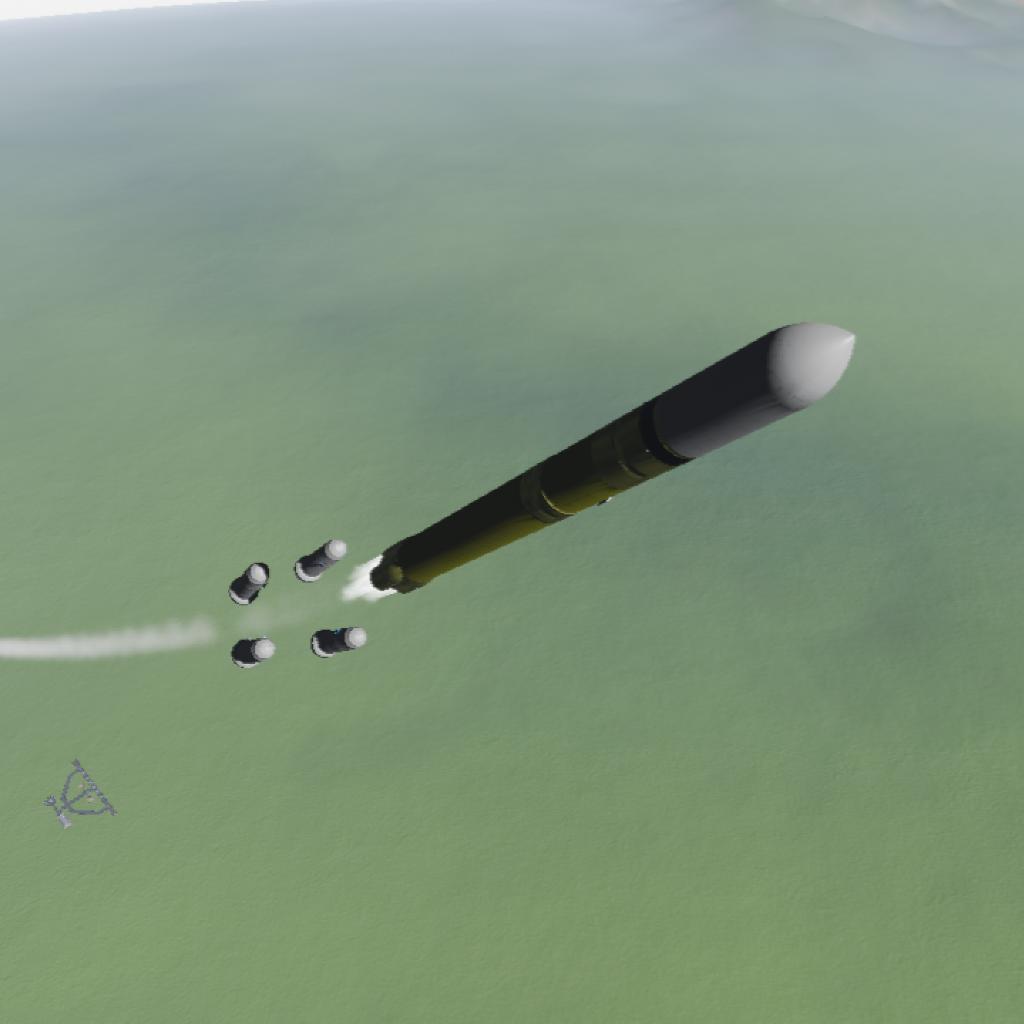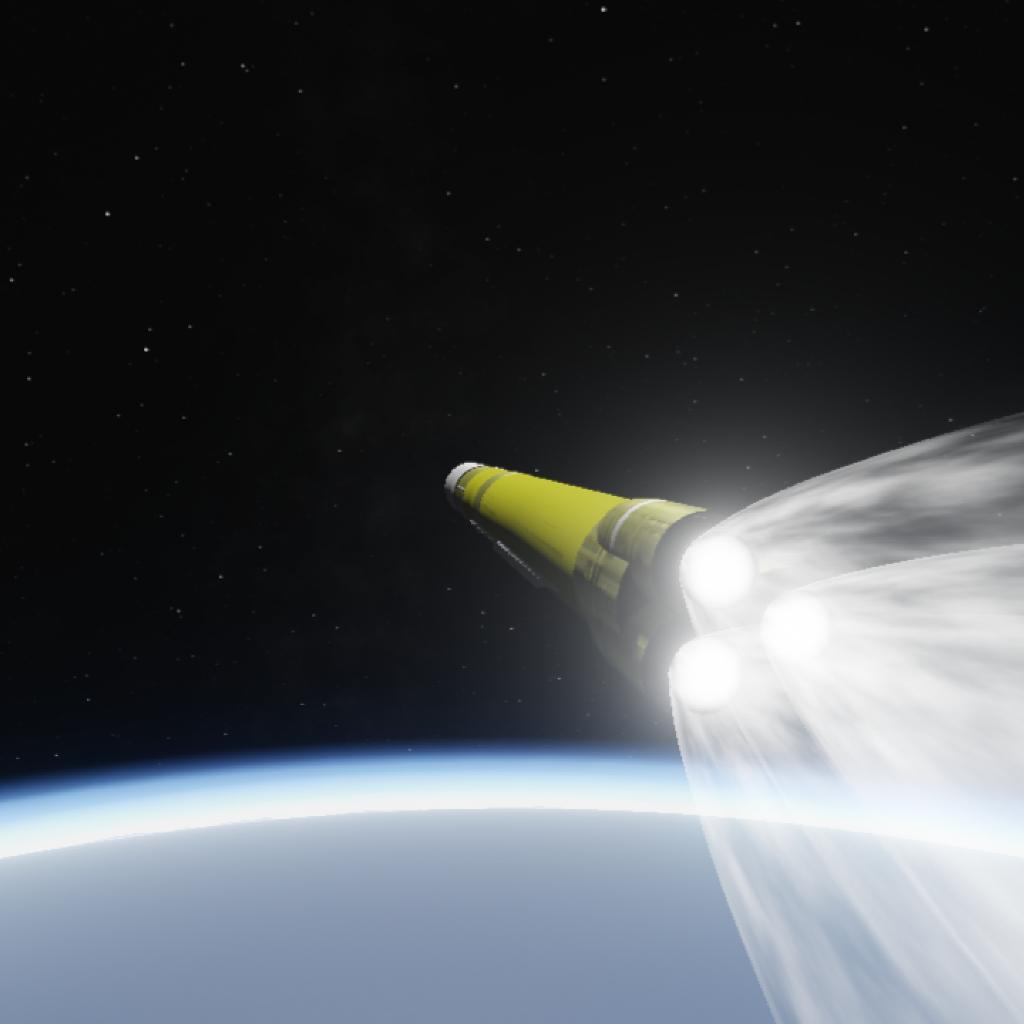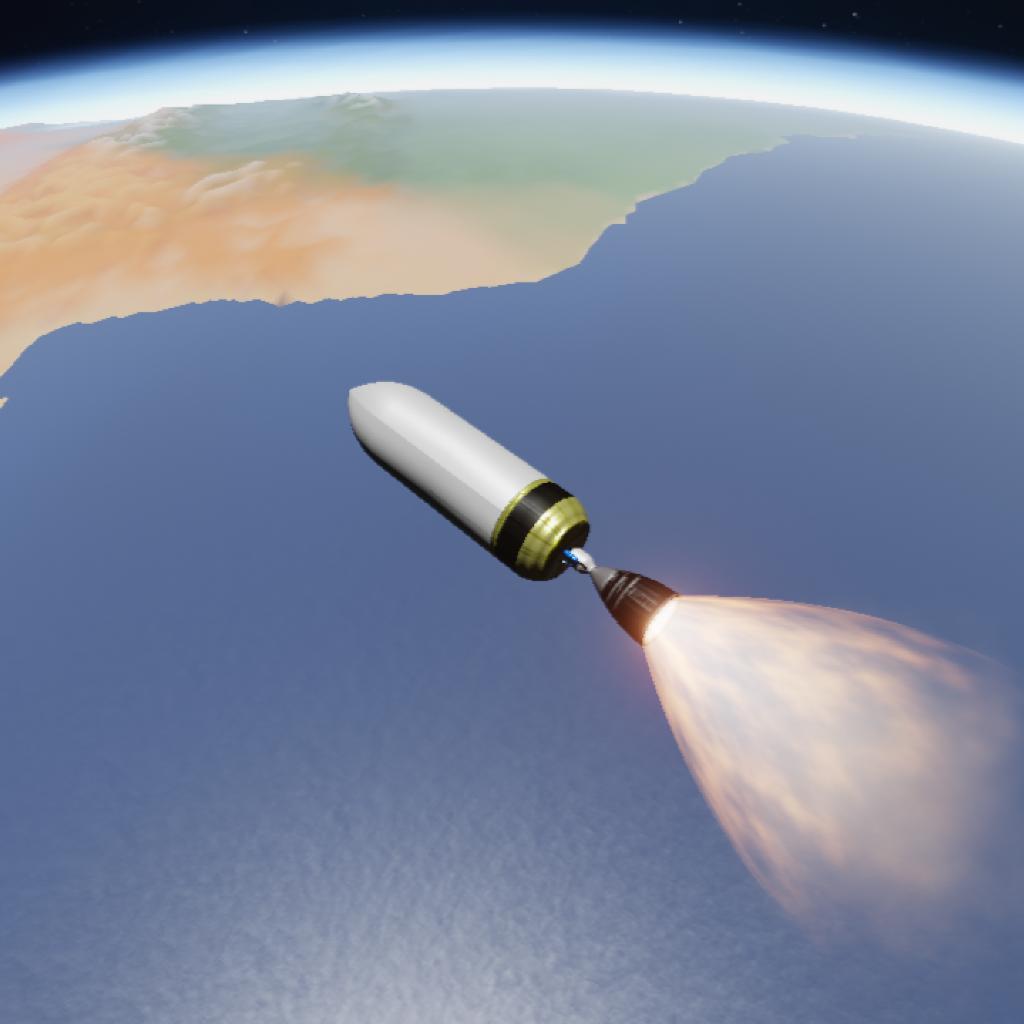info
The H3 Launch Vehicle is an expendable launch system in development in Japan. H3 rockets are liquid-propellant rockets with strap-on solid rocket boosters and are planned to be launched from Tanegashima Space Center in Japan. Mitsubishi and JAXA are responsible for the design, manufacture, and operation of the H3.
The development of the H3 was authorized by the Japanese government on 17 May 2013.[7][full citation needed] The H3 Launch Vehicle is being jointly developed by JAXA and Mitsubishi Heavy Industries (MHI) to launch a wide variety of commercial satellites. The H3 was designed with cheaper engines compared to the H-IIA, so that manufacturing the new launch vehicle would be faster, less risky, and more cost-effective. JAXA and Mitsubishi Heavy Industries were in charge of preliminary design, the readiness of ground facilities, development of new technologies for the H3, and manufacturing. The main emphasis in design is cost reduction, with planned launch costs for customers in the range of US$50-65 million.[8][better source needed]
Firing tests of the LE-9 first-stage engine began in April 2017.[9] In August 2018, the first tests of the solid rocket boosters were carried out.[10]
In earlier plans, the first H3 was to be launched in fiscal year 2020 in the H3-30 configuration which lacks solid-rocket boosters, and in a later configuration with boosters in FY2021.[2][11] During the development of LE-9, many technical problems were found and the engine's development was split into two stages.[6] The type 1 engine would have used a fuel injector machined with conventional methods, along with a suboptimal liquid hydrogen turbopump to avoid vibration resonance. The type 2 engine will use a 3D-printed injector , and the improved turbopump will suppress vibration.[6] To compensate for the suboptimal performance of the type 1 LE-9 engines, the first H3 test flight was changed to use the H3-22 configuration which uses two solid-rocket boosters.[6]
Stages
boosters
Four SRB-3 boosters
first stage
Three LE-9 Liquid engine
The LE-9 is a liquid cryogenic rocket engine burning liquid hydrogen and liquid oxygen in an expander bleed cycle. Two or three will be used to power the core stage of the H-3 launch vehicle.[1][2][5]
Wiki about this engine
Click here
2nd stage
One LE-5B-3
The LE-5 liquid rocket engine and its derivative models were developed in Japan to meet the need for an upper stage propulsion system for the H-I and H-II series of launch vehicles. It is a bipropellant design, using LH2 and LOX. Primary design and production work was carried out by Mitsubishi Heavy Industries. In terms of liquid rockets, it is a fairly small engine, both in size and thrust output, being in the 89 kN (20,000 lbf) and the more recent models the 130 kN (30,000 lbf) thrust class. The motor is capable of multiple restarts, due to a spark ignition system as opposed to the single use pyrotechnic or hypergolic igniters commonly used on some contemporary engines. Though rated for up to 16 starts and 40+ minutes of firing time, on the H-II the engine is considered expendable, being used for one flight and jettisoned. It is sometimes started only once for a nine-minute burn, but in missions to GTO the engine is often fired a second time to inject the payload into the higher orbit after a temporary low Earth orbit has been established.
The original LE-5 was built as a second stage engine for the H-I launch vehicle. It used a fairly conventional gas generator cycle.
Wiki about this engine
Clickhere
H3(Rocket)

ENJOY!
GENERAL INFO
- Created On: Android
- Game Version: 0.9.404.0
- Price: $10,726k
- Number of Parts: 189
- Dimensions: 52 m x 10 m x 10 m
PERFORMANCE
- Total Delta V: 6.1km/s
- Total Thrust: 5.7MN
- Engines: 8
- Wet Mass: 2.65E+5kg
- Dry Mass: 39,512kg
STAGES
| Stage | Engines | Delta V | Thrust | Burn | Mass |
|---|---|---|---|---|---|
| 1 | 7 | 4.4km/s | 5.0MN | 5.2m | 2.65E+5kg |
| 3 | 1 | 1.7km/s | 690kN | 49s | 27,544kg |








